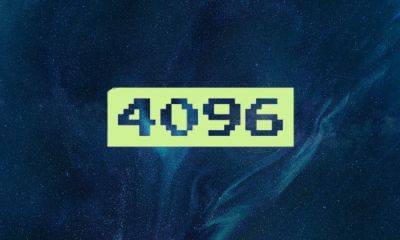Blockchains are becoming dollarized: Now what?
It has become increasingly clear that stablecoins have become the dominant means of transaction settlement on public blockchains, at the exclusion of native cryptoassets (like Bitcoin/Ether). This wasn’t in the plan of the architects of these blockchains or their communities.
On-chain data supports this observation: Stablecoins represent approximately 10% of the total crypto market cap, but they account for around 70%-80% of transactional value settled on blockchains, according to data presented by Nic Carter at Token2049 (a crypto event in which our company was a sponsor of).
While most metrics show a stagnation of interest and usage for major crypto use cases, stablecoin usage is high and growing: the value settled by stablecoins has stayed fairly steady throughout the last two years of the bear market, and monthly active transacting users continue to grow.
According to data compiled by Brevan Howard Digital, USDT and USDC are continuing their trend upwards in weekly active addresses, with Tron and BSC being the major blockchains seeing usage. The weekly transaction count for major stables is nearing an ATH. Ethereum L2s like Arbitrum, Polygon and Optimism are also gaining traction as stablecoin settlement venues. Ethereum L1s used to be the dominant venue for stables like USDC and USDT, but Tron has grown to compete with Ethereum in terms of value settled. It’s increasingly clear that Tether on Tron is the most popular digital asset used worldwide — particularly in emerging markets.
Meanwhile, the usage of native cryptoassets like Bitcoin and ETH appears to be in retreat — even as their prices recover. Narratives around Bitcoin and Ether have more to do with the emergence of financial products like ETFs, or staking in
Read more on cointelegraph.com





















